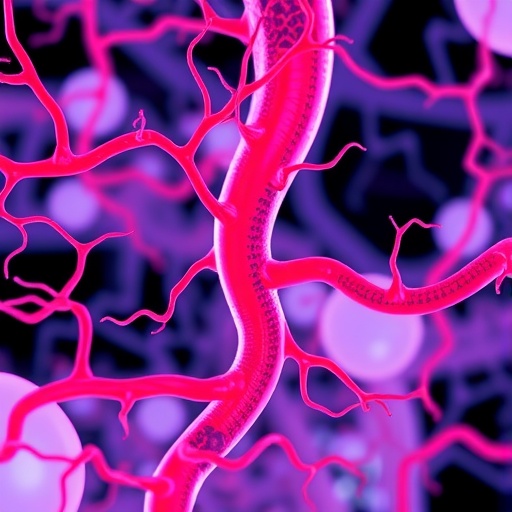MOUNT VERNON, WA – The hard cider industry is experiencing remarkable growth; statistics show that US hard cider production increased 22-fold from 2007-2015. To meet consumer demand for specialty cider apples, producers in the US are investigating innovative orchard practices that can help specialty apple growers minimize production costs. A study from researchers at The Department of Horticulture at Washington State University contains cider apple harvesting and storage recommendations that can inform orchard management decisions.
Travis Alexander, Jaqueline King, Edward Scheenstra, and Carol Miles reported on their 2-year study in the October 2016 issue of HortTechnology. The scientists evaluated mechanically and hand-harvested 'Brown Snout' specialty cider apples that were stored for 0, 2, and 4 weeks. An over-the-row small fruit harvester (model OR0012; Littau Harvester, Lynden, WA), locally used for harvesting blueberries and processing raspberries, was used in the experiment. Fruit was harvested when fully ripe, and yield was measured as weight (pounds) of fruit harvested. Immediately after harvesting, boxes of apples were placed in ambient storage conditions.
The over-the-row shake-and-catch small fruit harvester achieved 81% of the yield of hand harvest when all mechanically picked fruit were taken into account; 16% of fruit were left on the trees. "Of this 81%, 7% of the fruit fell to the ground during mechanical harvest, which could be easily prevented by adding netting to the front and back of the machine," the authors noted. The percentage of apples that were bruised and cut were greater (on average) for machine harvest than for hand harvest.
Results showed that fruit yield loss to rot was 31-fold greater for machine harvest than for hand harvest by 2 weeks storage and increased for both methods over time; percent rot doubled from 2 to 4 weeks storage for machine harvest, and tripled from 2 to 4 weeks storage for hand harvest.
The experiments showed that juice quality characteristics did not differ due to harvest method, but did differ due to year and storage time. Soluble solids concentration and specific gravity did not change due to storage in year one, but, in year two, both measures were greater at 2 and 4 weeks storage duration than at harvest.
The authors said that for 'Brown Snout' mechanically harvested at full ripeness, storing of the fruit postharvest "is not a recommended practice given the potential yield losses and that theoretically the fruit should obtain maximum sweetness if fully ripe. There is research to be completed on establishing maturity indices specific to cider apples and that growers are confident in utilizing." They added that harvest efficiency could be improved with some engineering modifications to over-the-row small fruit mechanical harvester and training modifications for the trees.
###
The complete study and abstract are available on the ASHS HortTechnology electronic journal web site: http://horttech.ashspublications.org/content/26/5/614.abstract
Founded in 1903, the American Society for Horticultural Science (ASHS) is the largest organization dedicated to advancing all facets of horticultural research, education, and application. More information at ashs.org
Media Contact
Michael W. Neff
[email protected]
703-836-4606
@ASHS_Hort
http://www.ashs.org
############
Story Source: Materials provided by Scienmag




